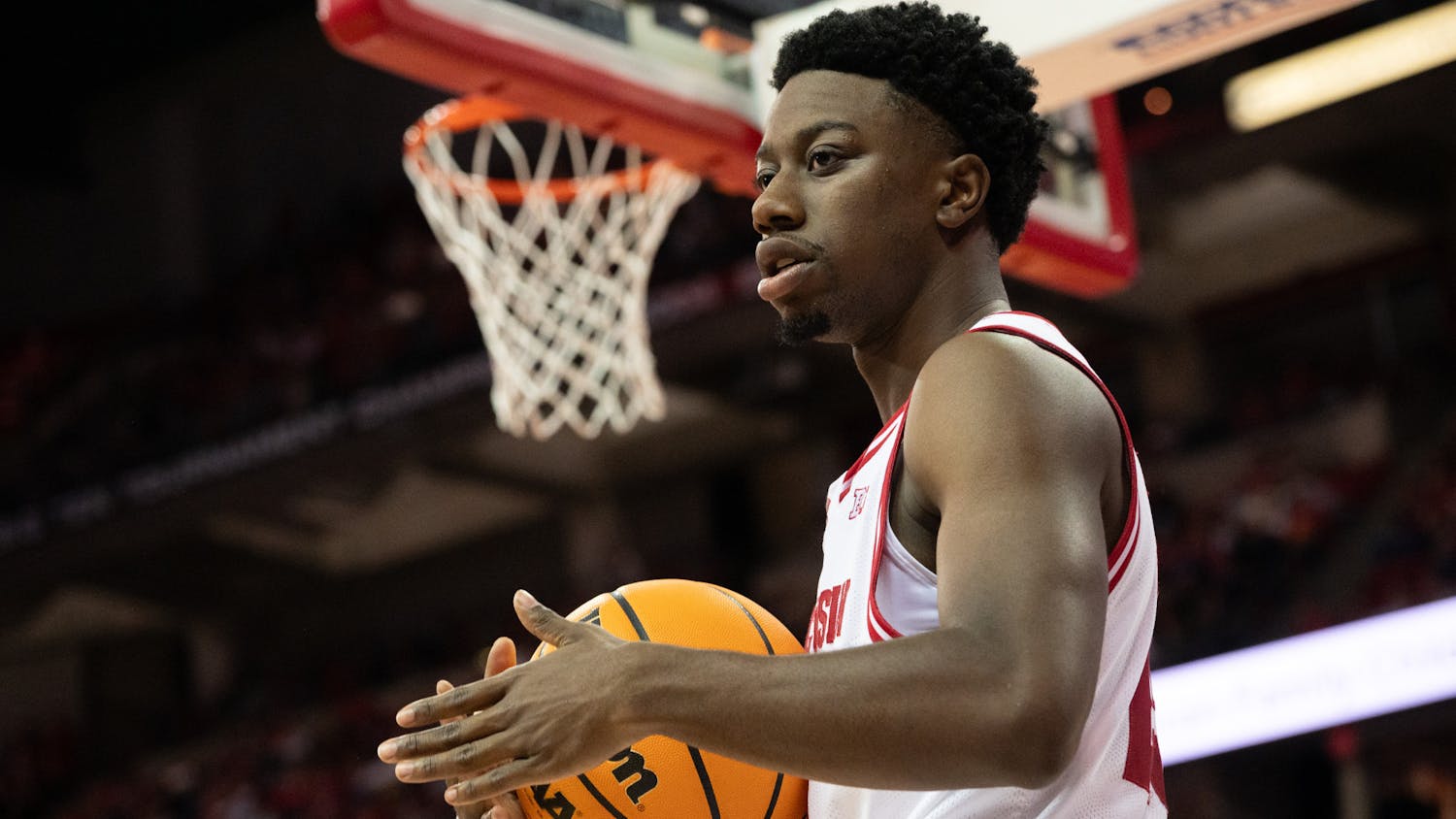Arielle Graves had never experienced a fear like this before.
In the early months of 2020, the recent college graduate had been working in the healthcare system for a handful of years. Upon graduating from Madison Area Technical College in 2017, Graves started at St. Mary’s Hospital (SSM Health) as a registered nurse. She had found a home there, on the third floor of the southwest wing.
Yet, this familiarity and comfort seemed to vanish in an instant. It was in early 2020 that Graves and other healthcare providers learned of the rapidly spreading COVID-19 disease. A wave of questions flooded through her mind. What is this virus? How will I protect my family? Am I safe at work?
Graves was not the only one to feel this uncertainty. Hospitals and clinics across the nation were struck with a very sudden, very severe problem: patients were arriving by the hour, and they were not leaving.
Throughout the next coming months, the healthcare system was thrown into a whirlwind of both physical and emotional challenges. The sudden surge of patients evoked an ongoing stream of complications, ranging from a lack of supplies to a lack of space. The most prominent issue?
There were not enough nurses to take care of all the patients.
Laura Keithahn understood the severity of these problems more than anyone else. As vice president of Hospital Operations at a larger healthcare system in the Minneapolis and St. Paul area, Keithahn had worked for nearly 40 years in the healthcare industry at the start of the pandemic. Despite her seniority and experience, she felt that same fear that Graves had.
“As a healthcare provider, when you don’t know what the disease is, that’s scary,” Keithahn said. “It was a very, very scary time. Everything was changing hour by hour.”
Keithahn, among others, was at the forefront of tackling these quickly arising problems. Those below her were asking questions, and they needed answers. There was no room for hesitancy; things needed to happen — fast.
Her team quickly began a surge planning approach, looking at which departments they could shut down and which needed the most attention. The lack of available nurses made it difficult to fill areas that needed the most help.
“We began [to ask ourselves]... do we have enough people and resources to take on this pandemic?” Keithahn said.
Keithahn was aware of the nursing shortage well before the start of the COVID-19 pandemic. Back then, however, it was an issue that was low on everyone’s radar; schedules could simply be switched around. There were more pressing issues to take care of. Yet, the pandemic exposed this problem at its core, starting with its complex roots.
Tonya Heidenreich, like Keithahn, had been working in the healthcare industry for a number of years. During the pandemic, she was working as a Nursing Professional Development specialist at UW-Health Northern Illinois, educating young nurses. The challenges of teaching nursing students online due to COVID-19 restrictions caused a rift in the industry. Young nurses were not getting the valuable hands-on experience that they needed to succeed, and this delayed their entrance into the workforce.
“I spent a lot of the time just asking how they were doing, because I could tell,” Heidenreich said. “I could see the anxiety on their faces that they knew that they were entering a very dynamic workforce without as much clinical background and experience as they needed. That terrified these clinical students. They were scared.”
COVID-19 restrictions put nursing students on hold from being able to get into hospitals, causing immediate setbacks. Heidenreich also noted that a recent lack of nurse educators created an additional challenge for the industry. Most current nurse educators are nearing retirement age, and younger nurses are not drawn to the field due to the lack of pay.
“You have to have a love for teaching to want to go into this field,” Heidenreich said. “It’s hard to get people.”
Today, problems produced by short-staffing spill over into the halls of hospitals. Nurses working on the front lines are plagued by physical and mental burnout. According to a 2021 Registered Nurse Survey by AMN Healthcare, 62% of nurses are emotionally drained, 57% feel burned out most days, 51% worry their job is affecting their health and 39% often feel like quitting their jobs.
Graves began to experience these symptoms herself. Even though there were mental health services available to her and others, she was more concerned with learning how to deal with her work situation.
“[I understand that] this is a stressful time and a stressful job, but I could be in more stressful areas, in my mind,” she said. “I know the grass isn’t greener anywhere else. I know that every hospital is dealing with this, and I know every floor is going to have its own issues.”
Like Graves, Keithahn is looking to the future and what exactly it may look like for the healthcare industry. Their answers may look different, but she hopes that some things will change.
“Everyone wants a better work-life balance, especially now,” Keithahn said. “These nurses can’t keep working like this forever. Employers are going to have to meet the needs of the new workforce.”
For nurses like Graves, however, the answer is much simpler than that.
“Nurses do a lot more than people think they do. We are literally the middleman between doctors and patients. A lot of the time, the ball falls to us,” she said.
A simple change in the way we appreciate these nurses — these individuals working relentlessly to care for others — is the simple aim for the future of healthcare. It is exactly what Graves wishes for.
“I hope it comes to the point where [everyone] appreciates nurses just as much as doctors. We are just as vital to the system. We just want to be appreciated — that’s all.”






